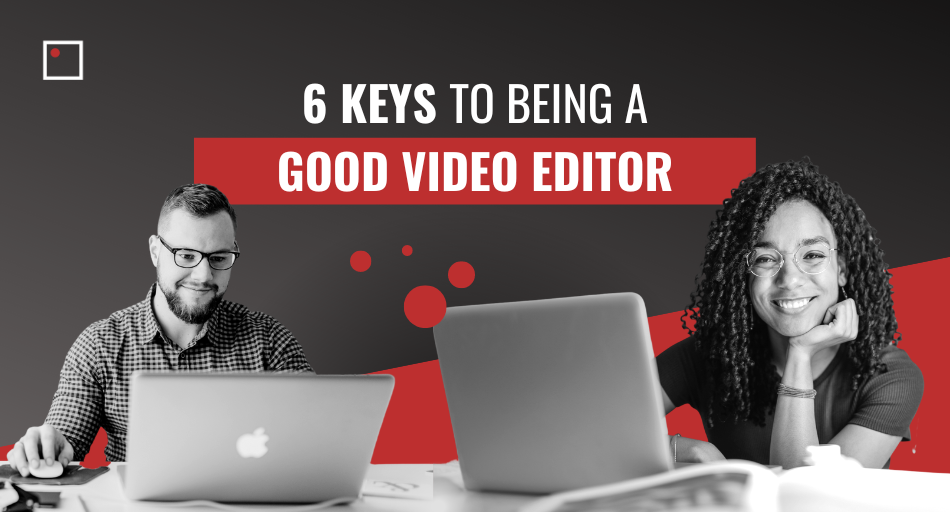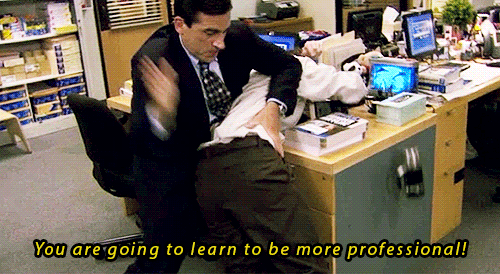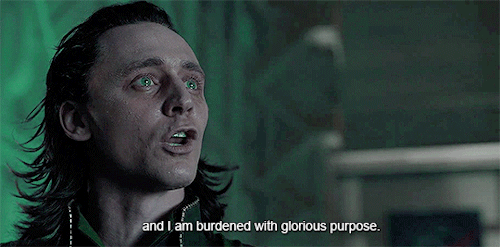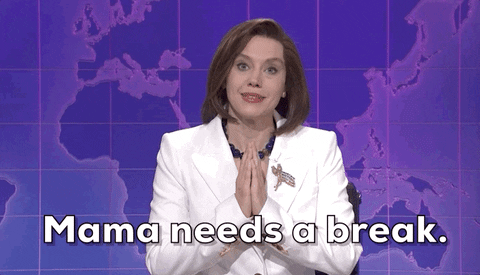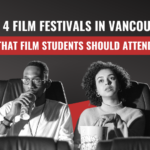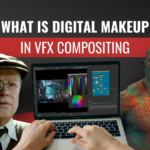How to Be A Video Editor in 2023
THE BEGINNER’S GUIDE TO BECOMING A GREAT VIDEO EDITOR FOR FILM, TELEVISION, AND ONLINE CONTENT.
Video editing is a crucial part of the post-production process that can make or break a video project. A good editor can enhance the footage by using a variety of techniques such as pacing, timing, color grading, and sound design, resulting in a polished and professional final product. On the other hand, a poorly edited video can detract from the footage’s impact, leaving viewers disengaged and uninterested. With this in mind, here are 6 great tips for aspiring video editors looking to turn their passion into a professional career.
1. LEARN ALL THE SOFTWARE
InFocus film editing instructor Jeremy Klassen shares, “If you want to become a good video and film editor, learn everything. Don’t be beholden to a specific way of thinking.”
He also cautions against getting too hung up on the software—it’s just a tool. Every editor works differently. There are editors who are adamant that Avid Media Composer is the only way to edit, while some editors are adamant that Adobe Premiere is the only way, and still other editors swear by Final Cut Pro. But don’t be fooled by their passion. It doesn’t matter what video editing software you use.
You’ll want to know or at least be aware of all the different editing software available. Since you’ll be working on a lot of different projects in the industry, you’ll likely need to know all of the tools at one point or another.
2. BE CREATIVE
Through video and film editing, you take things that already exist or exist in a state that hasn’t been fully formed and create something new out of them. That’s why a good editor is someone who can think outside the footage.
On set, footage is shot in a specific way that prioritizes the production process. This way is often not the best way for the film to be presented. A good video and film editor is someone who knows their footage well and can think beyond the raw form they have in front of them. A good editor can see all of the film’s possible variations.
“The real skill comes from your brain, from your knowledge, from your gut instincts and your feelings,” says Klassen, “Understanding story and emotion, the way you watch the pace of expressions, the way light changes in a shot, the way an actor delivers a line—these are the things that make you an editor.”
Editing requires a lot of brain work to see things that aren’t already there, to put connections together, to create new meaning that was completely unintentional or just never thought about.
3. EDIT WITH PURPOSE
The purpose of video editing is to focus the attention of the audience. Like a master puppeteer, an editor controls where the audience’s attention is and how it moves. A good editor keeps the audience’s attention from wandering. If any of the variables of pacing, story, sound, and colour of a film is unintentionally jarring or off balance, the audience will notice the edit and be pulled out of the film.
This is why video and film editors say a good cut is non-intrusive and a great cut is invisible.
Cutting is, of course, an important factor for fluid motion in film. (Interestingly, a cut has to sound even smoother than it looks because an audience will hear a cut more often than they’ll see it.) But how do you figure out where and when to cut?
One way is by studying the actors’ eyes. In his book, In the Blink of an Eye, Walter Murch talks about seeing people’s thought processes in their eyes. When an actor blinks, they’re changing the thought. So just a blink can signal an edit as the actor changes their thought process and thus the direction of the scene.
Ultimately, an editor wants to keep things interesting. To create a natural flow without becoming boring. Part of that task is knowing when a performance is captivating enough to hold a shot and when get away from something less strong. A really well-edited film sucks you in and doesn’t let you go, it doesn’t give you a chance to let your mind wander because it’s always a step ahead of you.
4. KNOW YOUR SPECIALTY
There are so many different types of video editing. When you’re putting together a demo reel for the industry, you really need to pick what you’re trying to show off and put together the best content for that.
Being a writer doesn’t mean you write everything, and being an editor doesn’t mean you edit everything. There are going to be certain aspects an editor is more fluid and capable in than others. If you want to edit movies you aren’t going to introduce yourself as a music video editor. It’s important for an editor to know what their strengths and interests are and play to that. Even if you do pick up jobs outside your specialization.
5. HANDLE CREATIVE CONVERSATIONS
A challenge of being an professional editor is your ability to talk to people.
No matter what partnership you’re working with, whether it’s a director, editor, producer, or a client, there’s always going to be a different viewpoint on things. You have to be one willing to pick your battles: to know when something’s really important and when to back off and say, “Okay, I might be the editor here, but you are the director, you’re the producer, you’re the final say.”
And that can be really difficult when you feel strongly about something! Things can get heated at times when people are creative and passionate, but that’s the creative life. So you need to know how to talk to people in order to make these negotiations and keep these relationships. Relationships and networking, are the biggest part of being a professional editor.
It also helps to have experience in, or at least understand, the rest of the production pipeline so you know where everyone else is coming from.
6. KNOW WHEN TO TAKE A BREAK
Klassen’s best professional advice is to learn when to walk away for a break. It’s so easy to sit in front of the computer for 15 hours trying to figure out what’s not working in a scene. Sometimes the best thing you can do is just walk away. Take a walk outside and get some fresh air, then come back with a new perspective the next day.
“Editing is a sedentary life. You sit a lot and you don’t get a lot of exercise sitting in front of a computer. So make sure you stand up and get your blood moving.”
Video editing is an incredibly subjective medium. While good editing has its fundamentals, it comes with much more possibility and room for creativity and intuition. It’s hard to parse at a glance just what “good video editing” is. Online video content displays diverse editing styles that are both prominent and invisible. This diversity points to the very truth of video and film editing: it’s not a tool, it’s an art form.
Related Links:
InFocus Film School Film Production Program
8 Filmmakers Who Went to Film School
How Film School Can Help You Find A Job In The Canadian Film Industry
How to Use Camera Lenses in Film
How to Make Your Short Film Go Viral
TALK TO A PROGRAM ADVISOR
By submitting this form you are agreeing to be contacted by InFocus Film School. We will never sell or distribute your information, and you may opt-out of receiving emails from us at any time. Read our Privacy Policy here.

